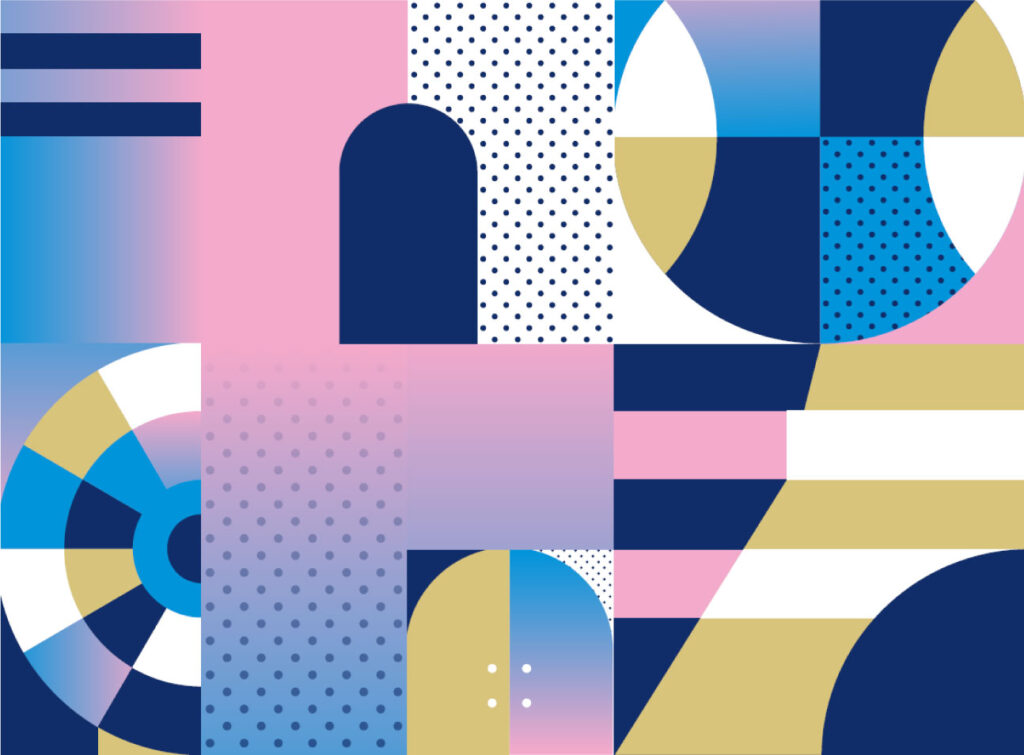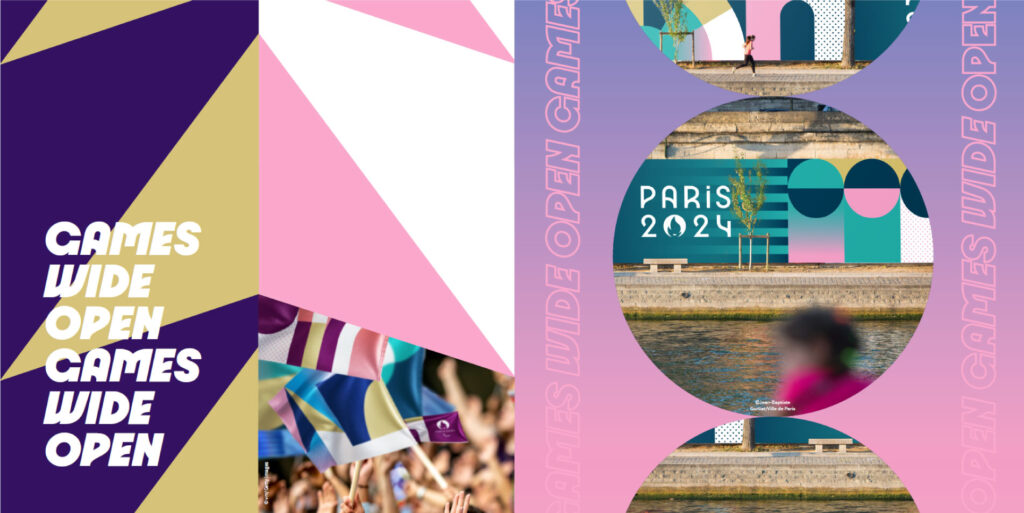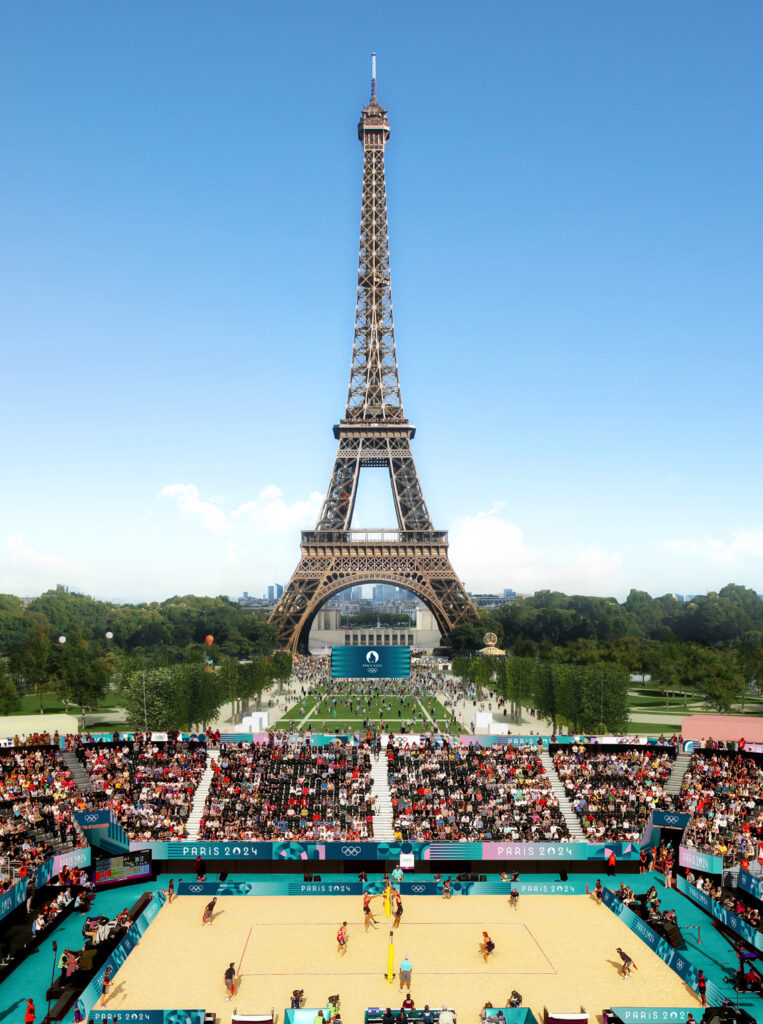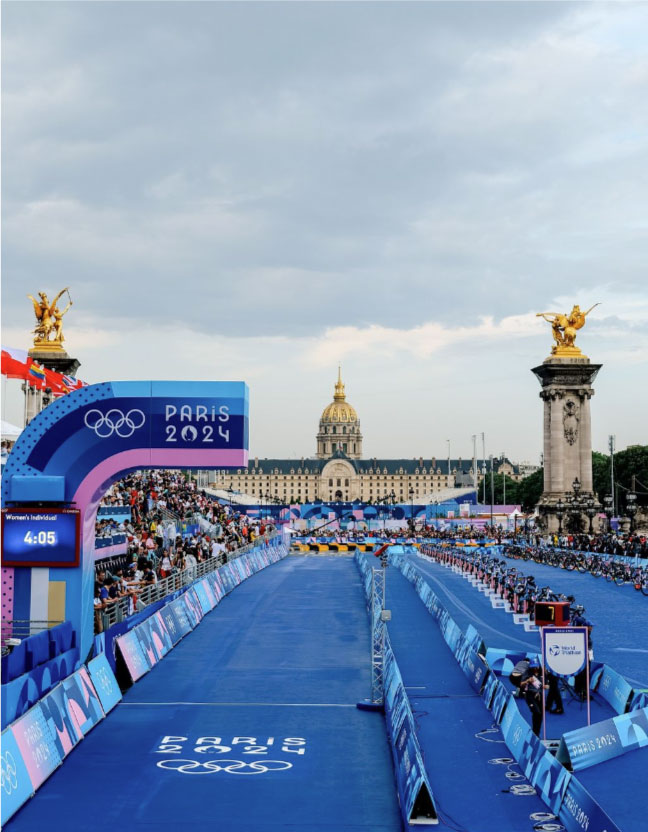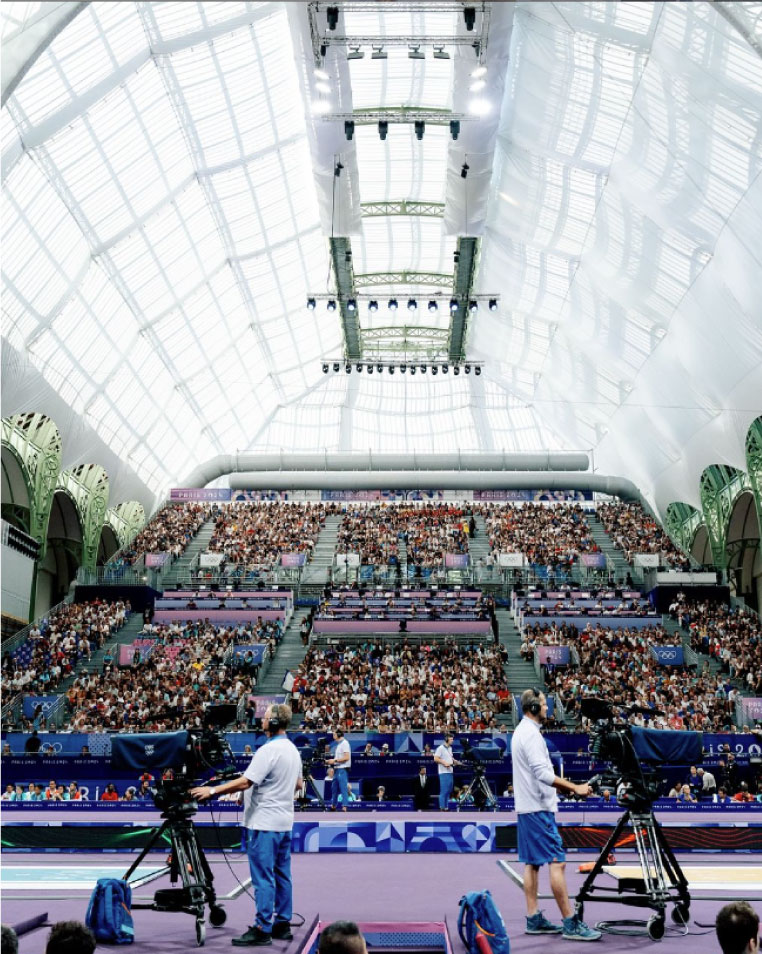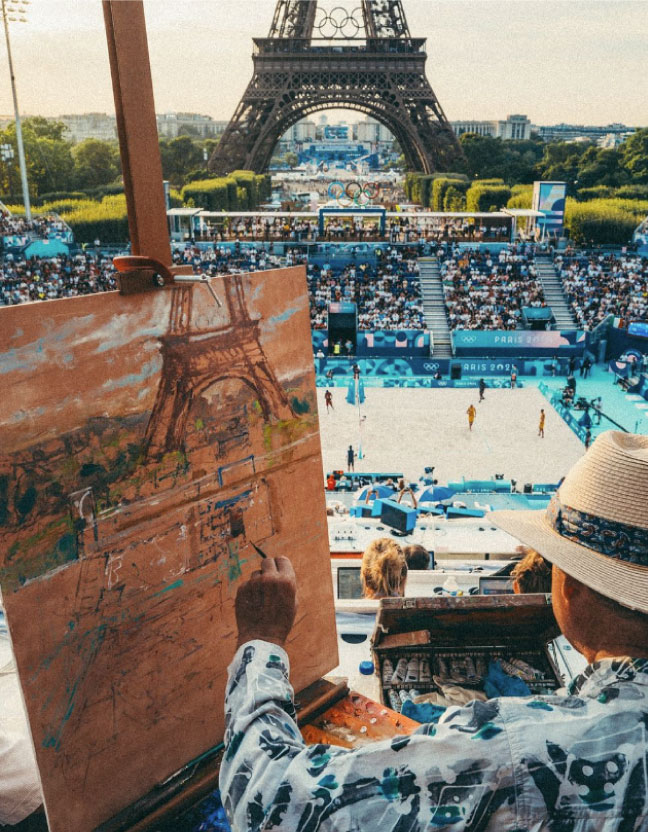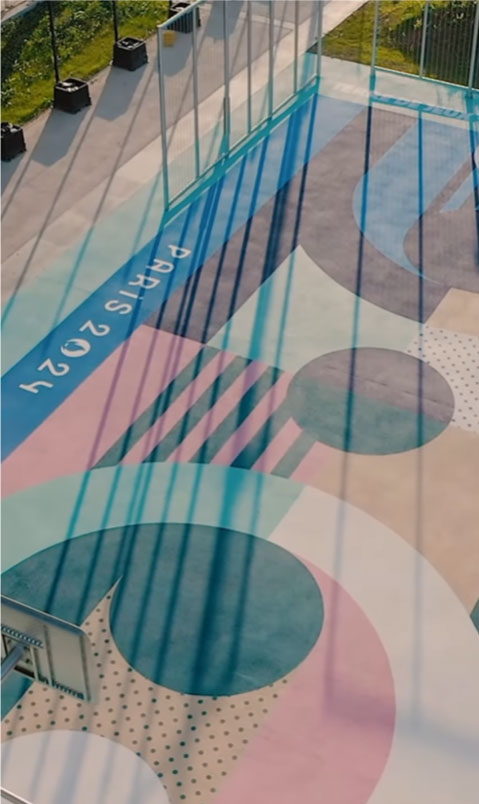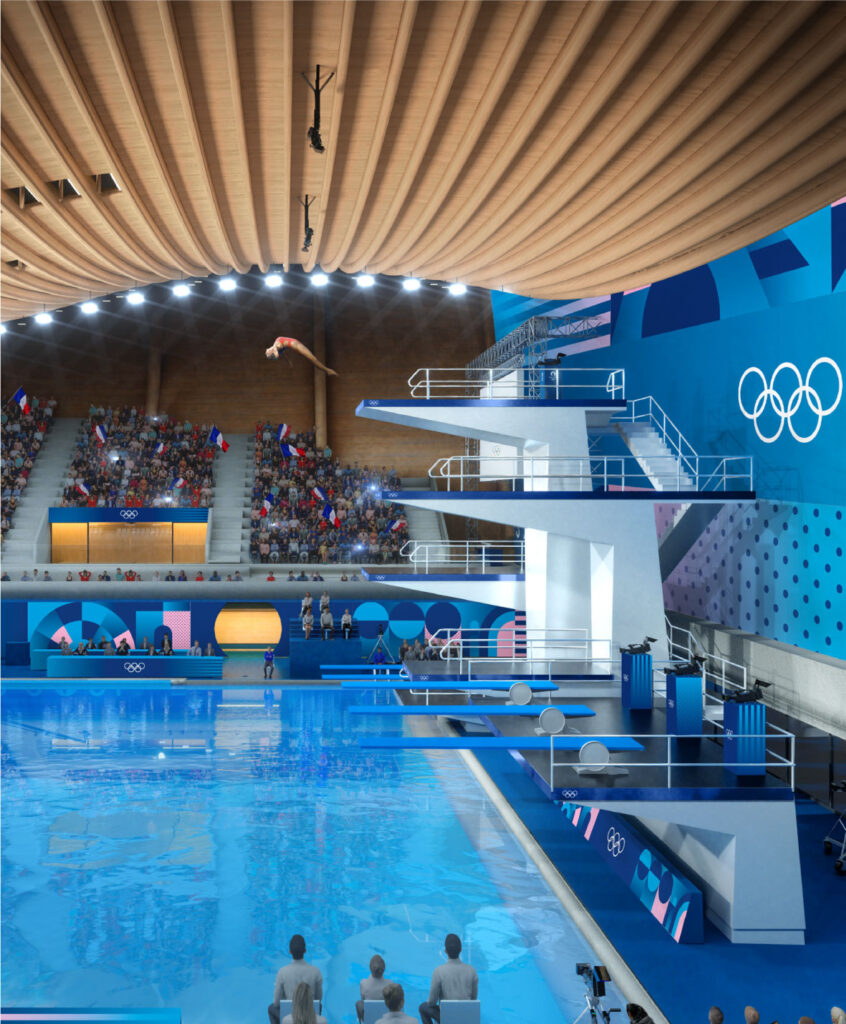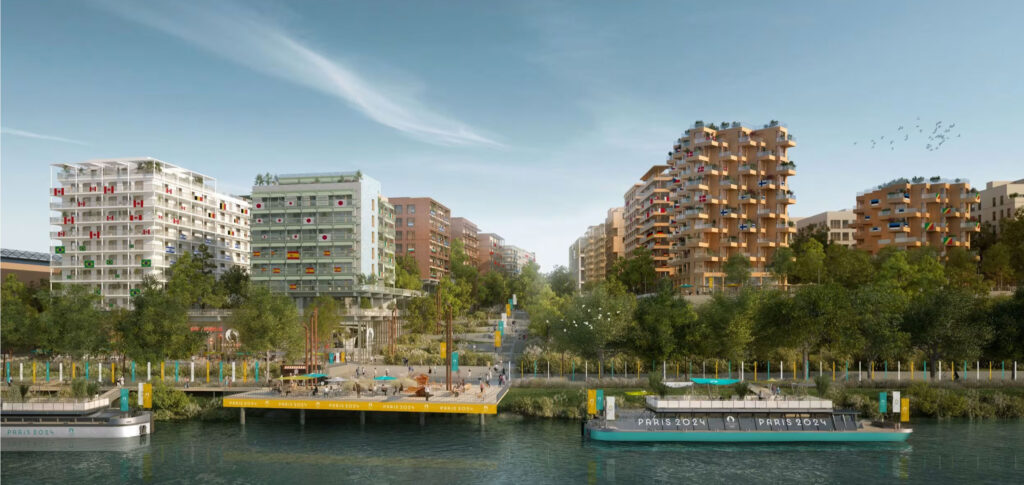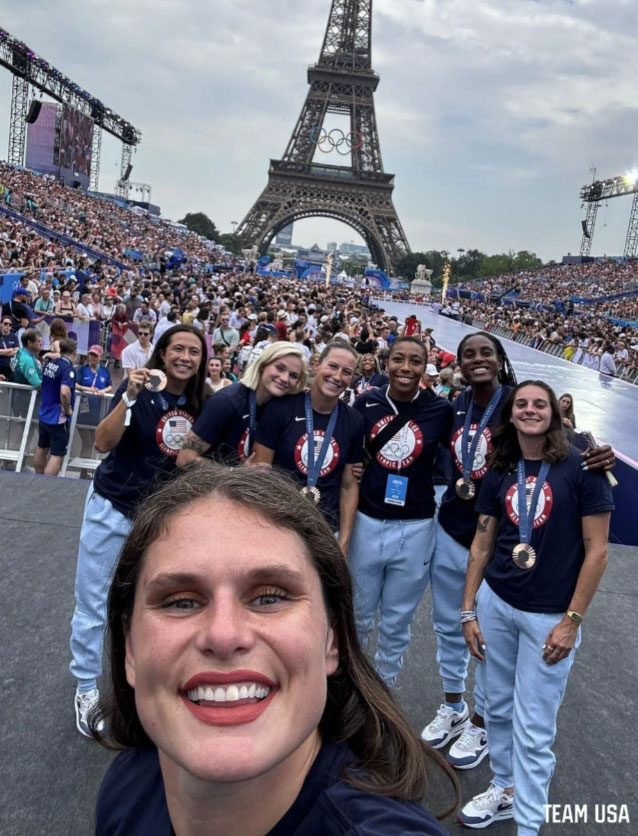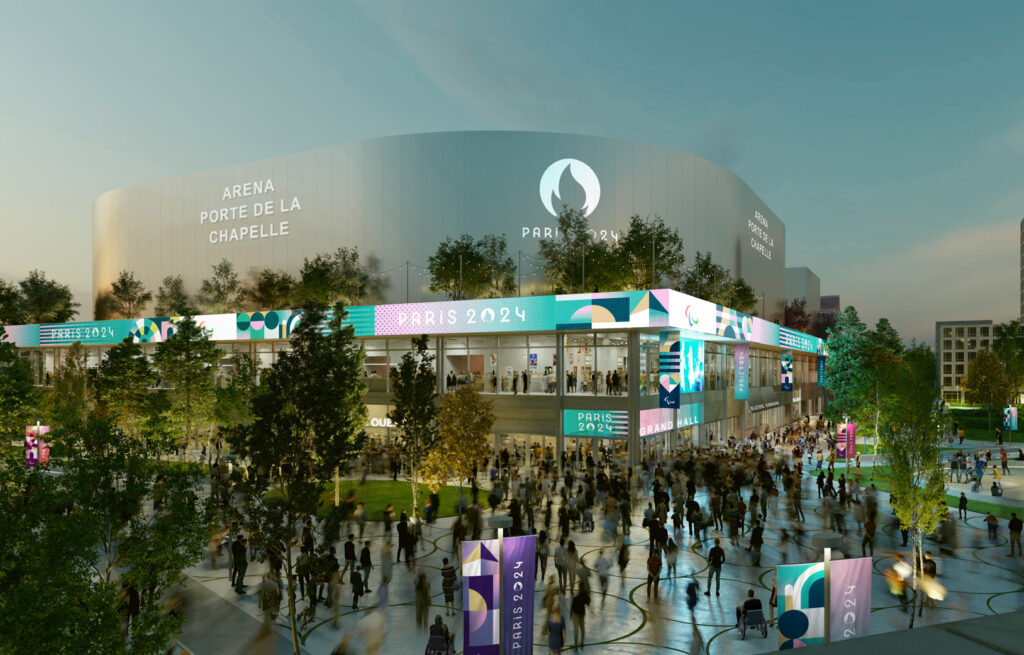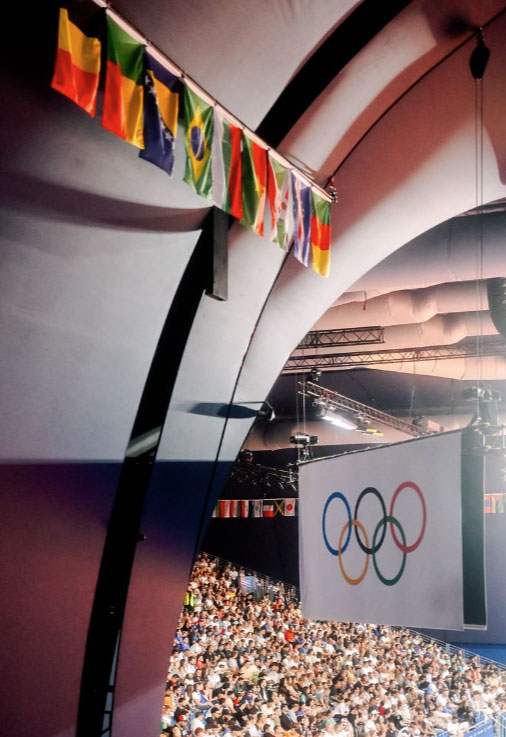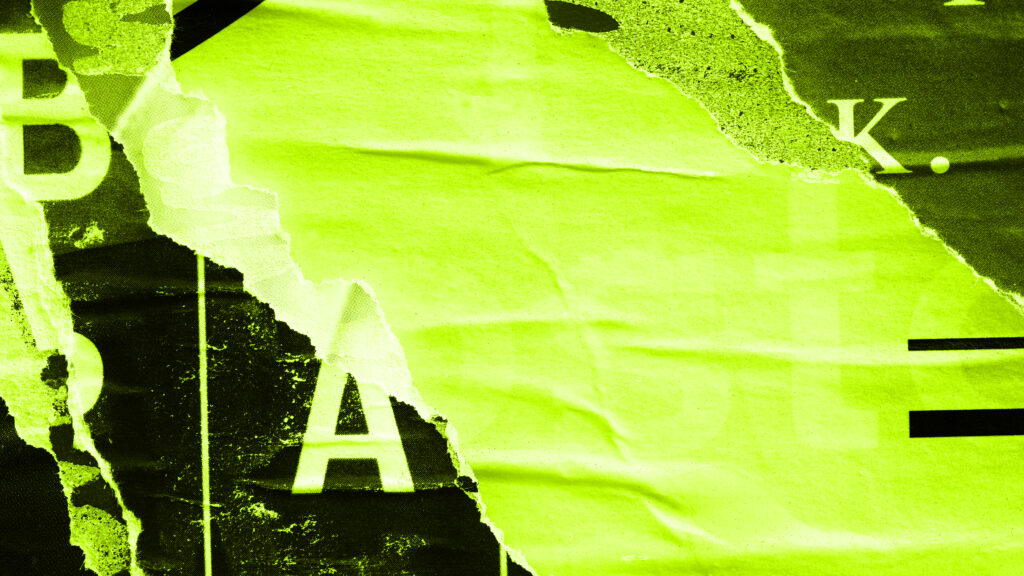5 Golden Design Lessons from Paris 2024
Paris 2024 has us in it's grip. We've been glued to our timelines as we watch the top athletes in the world go head to head at this Summer's Olympic Games - sometimes it's on the playing field, sometimes it's with a well-worded Instagram caption.
In spite of the drama, I've found inspiration in nearly every facet of this year's competition. As the largest sporting event in the world, most people associate the Olympic Games with the fundamental values of competition, solidarity, and fair play. They are a symbol of peace and mutual understanding.
On a smaller scale, the Games offer the host city and country a stage to present themselves to the world. But they also offer us some really powerful lessons about design as a conduit for storytelling. Read on for more:
- The Power of Icons
Icons are powerful - and no, I’m not just talking about Ilona Maher and the U.S. Women’s Rugby team, or about Celine Dion's devastatingly perfect comeback. As any designer worth their salt knows, humans are hard-wired to see symbols everywhere we go, and this year’s Games are full of rich, well-crafted symbols for designers (and brands) to take inspiration from.
The structures built for the Games can inspire in the moment & become symbols of the host cities long after the Games are concluded. The althletes naturally become symbols of and representatives for their nations. Even this year's medals literally carry a small piece of the original iron from the Eiffel Tower at their center - the defining symbol of the city of Paris.
I’m particularly obsessed with this year’s emblem, which combines three unique symbols to create one exceptional icon.
The Olympic gold medal provides the circular shape and color of the emblem, expressing strength, determination, and the athletes themselves.
The Olympic and Paralympic Flame burns inside of this circle, providing a link between people that transcends centuries and borders.
This flame creates a negative space where a singularly French homage is revealed - Marianne, the feminine personification of “liberté, égalité, fraternité” and France’s revolutionary spirit, with a special nod to the 1900 Games in Paris that first allowed women to compete at the Olympics.
The result is an icon that represents so much more than a time or a place, but instead delivers one clear message: “These Games will be about people.”
2. The Importance of Visual Identity
A strong, cohesive brand helps create a memorable experience and a lasting impression. Paris 2024’s visual identity is founded on 4 themes that coalesce into a distinctly French experience:
- Celebration - The look and feel of Paris 2024 is bold, colorful, and injected with a heavy dose of festivity that’s designed to bring together the sporting community - and to celebrate it.
- Transfer - In keeping with Paris, the capital of fashion and the City of Light, the look of Paris 2024 does not compromise on elegance, but acts as a platform to showcase the athletes and their performance above all.
- Rationalization - Paris 2024 has committed to making the Games a more responsible event, opting to create a joint theme for the Olympic and Paralympic games, meaning these events are visibly, even unconsciously, united.
- Personalization - Host communities and partners have been able to customize the look of their events, with unique colors and styles that set them apart, yet still look & feel unified.
It's incredibly colorful - bright cyan and pink combining in gradients, contrasted with deep blues, with a plethora of secondary and tertiary colors to individualize events and host towns. The typography is playful and sporty, yet refined.
All of this culminates in an ambitious and uniquely Parisian version of the Olympic Games, honoring French codes of elegance, looking to the future while showcasing the history and artful spirit of Paris (and all of France), and ensuring culture - and people - sit at the forefront of this year’s Games.
3. How to Blend Tradition and Modernity
Paris 2024 is a masterclass in looking to your past to better define the future, and every part of the Paris 2024 story has been cleverly infused with French tradition - and a hell of a lot of style.
Take the simple paving stone - an integral part of the French urban and historical landscape - which has been used to create the creative grid used throughout the identity of the Games in larger-than-life geometric graphics and patterns. These patterns also reflect the Art Deco movement that was in vogue exactly 100 years ago - in 1924, the last year Paris hosted the Olympic Games.
Temporary arenas have been built throughout the region, with events taking place in historic sites like the Chateau of Versailles. Other spots, like the Marseille Marina, have benefitted from redevelopment and repair, improving accessibility and water quality. This integration respects the French heritage and history while embracing innovation, creating designs and installations that are both timeless and forward-thinking.
4.Urban Transformation & Legacy
From the inception of this year’s games, even during the bid phase, Paris has envisioned a more sustainable, more responsible Games that will benefit their community for years to come. 95% of the venues use an existing site or temporary facilities, limiting the impact on the environment and the strain on existing urban areas. Buildings and structures built for the games were built to be repurposed on purpose.
In fact, the Aquatics Centre in Saint-Denis is the only competition venue built specifically to meet the requirements of the Games. In a district where one in two children do not know how to swim by the time they enter middle school, this multi-purpose facility will serve members of the public as a dedicated sporting resource for the community.
Once the Games conclude, the Olympic Village will also transform, becoming a neighborhood with 2,500 new homes, student residences, gardens and parks, offices and shops. This entire area was built with intention beyond a modern look, to reflect the future of what urban spaces can be.
These choices will protect and foster biodiversity with features like rooftops built to house insects and birds. Using wood and organically sourced materials will help Paris stay on track for carbon neutrality. And plans to preserve areas of flora and fauna at temporary sites like the Palace of Versailles, Elancourt Hill, and the National Golf Club help ensure these natural areas remain for generations to come.
5. Innovation Through Collaboration
Our final lesson is simply teamwork, babes! Don't get me wrong, watching Team USA Women's Gymnastics absolutely obliterate the competition is my own personal national anthem. But at their core, the Olympic Games have always been about setting aside our rivalries and joining together in friendship to do something extraordinary.
The sheer scale and complexity of the Olympics requires intense collaboration between architects, engineers, graphic designers, urban planners, governments and peoples. This collaboration always leads to innovative solutions and revolutionary design.
Even the choice to hold the opening ceremony outside of a stadium - a historic first - allowing spectators to join in all along the Seine, opens the Olympic experience up to more and more people. It makes for an innovative spectacle, requiring total synergy to ensure things went according to plan.
Taking this inspiration literally, by collaborating with our clients and even across the bullpen with our own team members, we gain a larger perspective that allows us to better examine, poke holes, and perfect designs before they go live. And as designers, starting a project with cultural sensitivity and inclusivity in mind leads to more effective design that reaches and resonates with more and more people.

